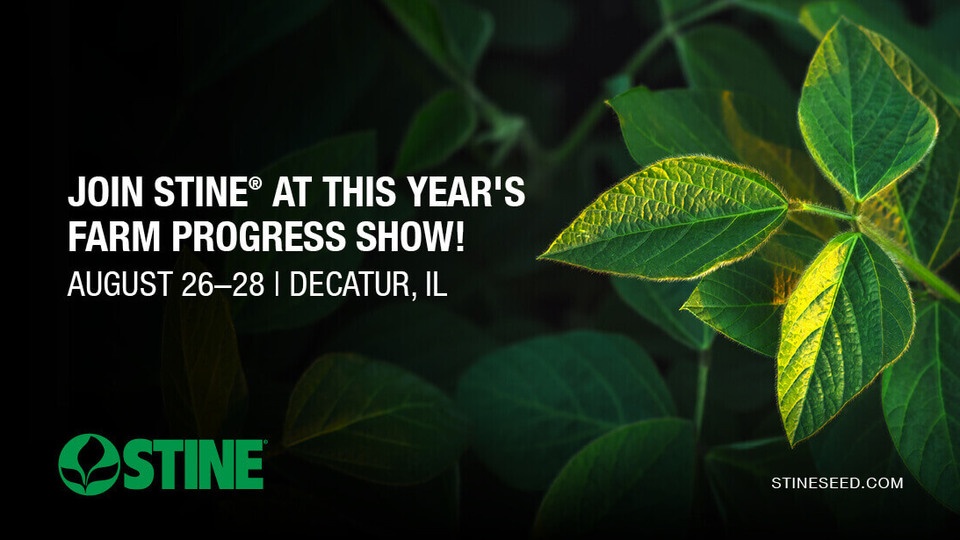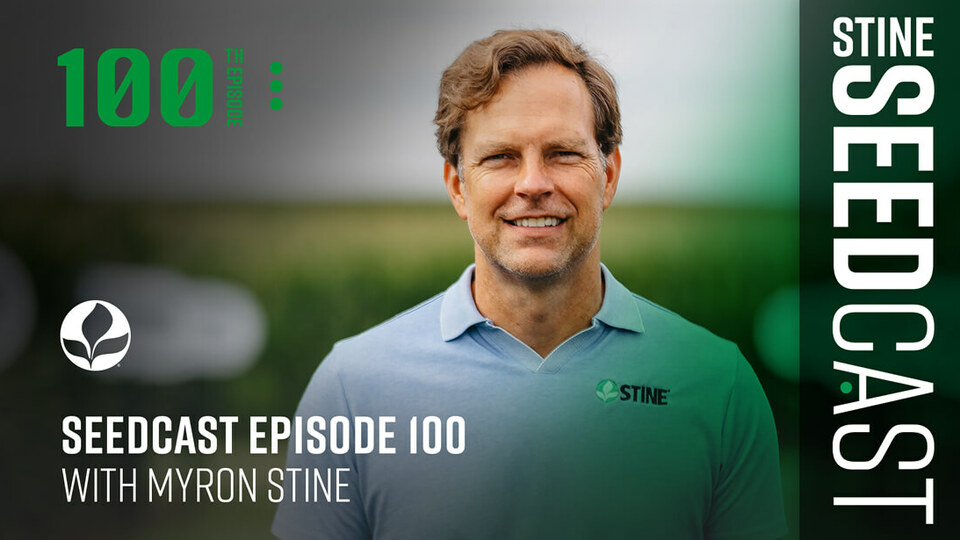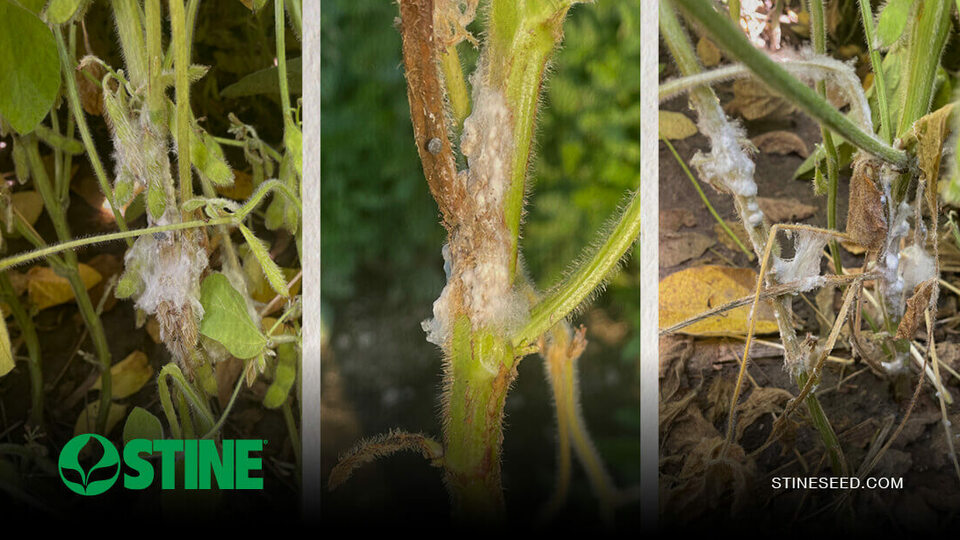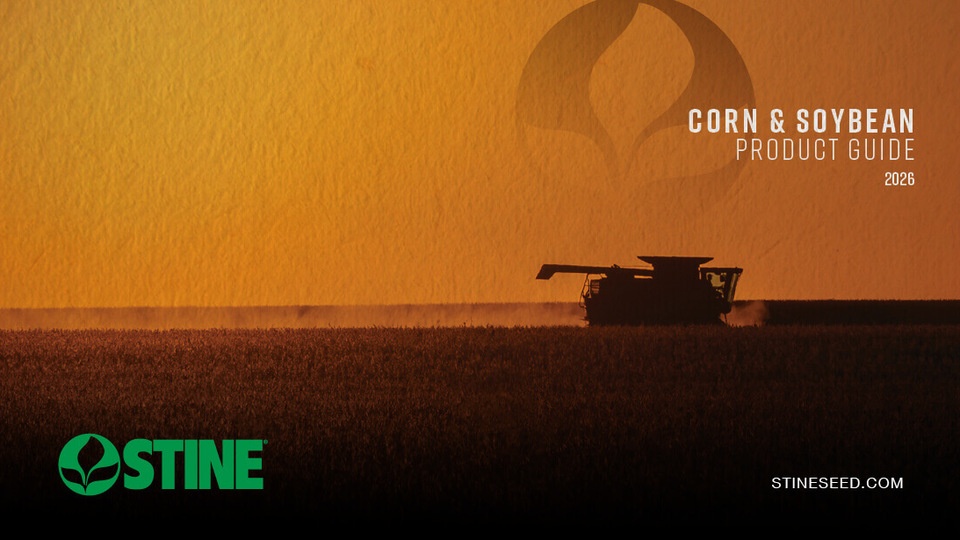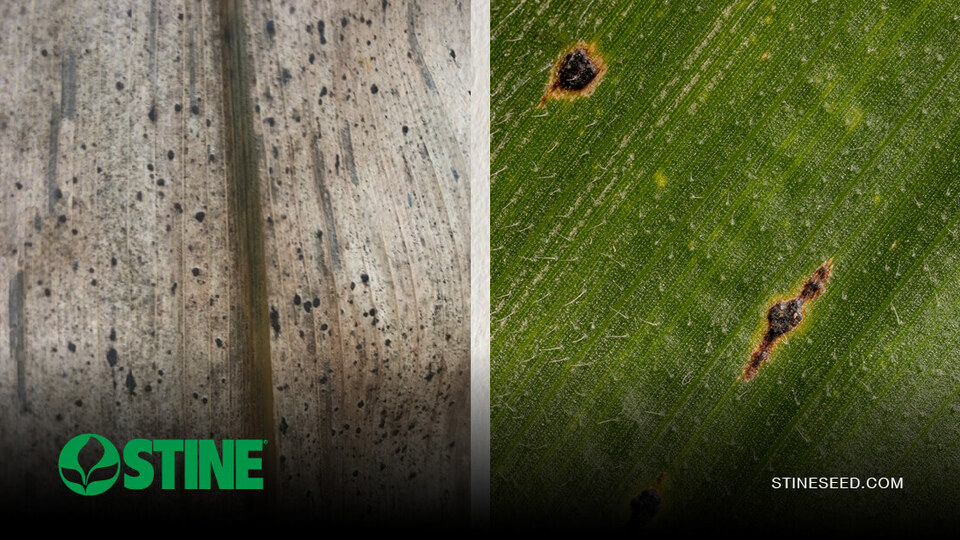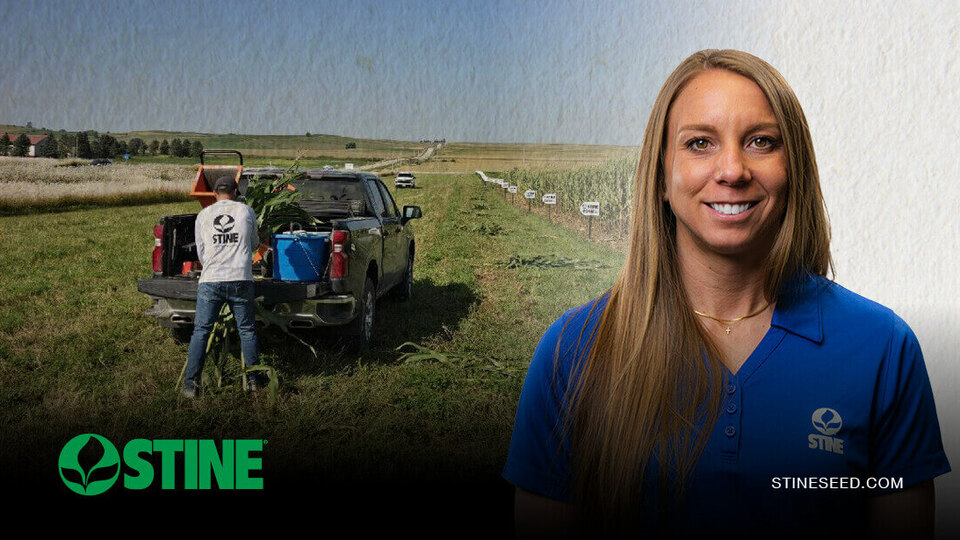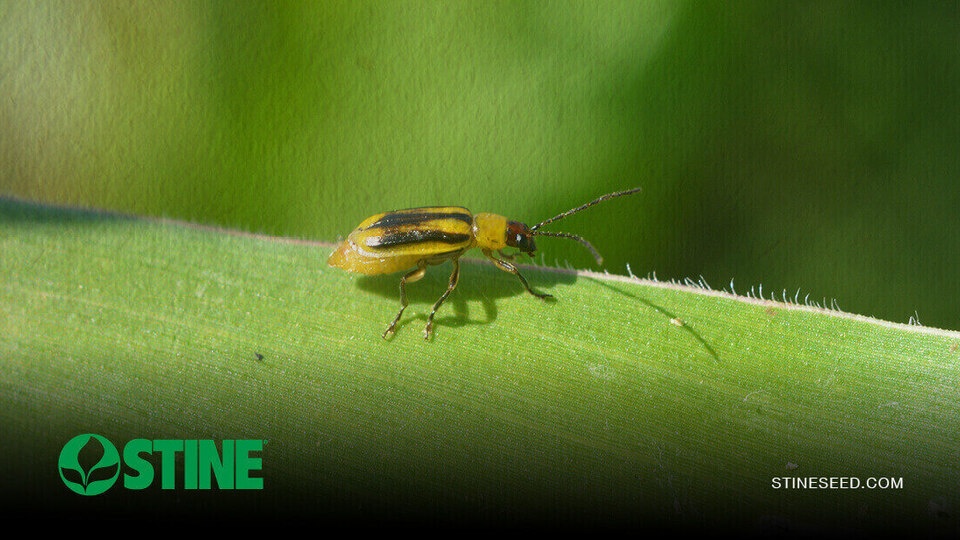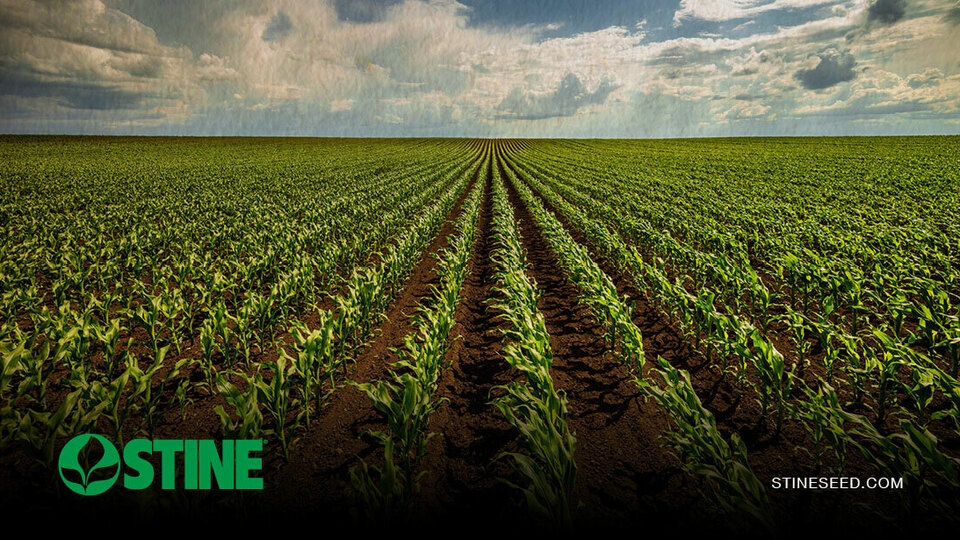Stine Seed Blog
Stine’s Ask the Agronomist blog is your source to the latest information from our expert team, including advice and insight on field practices, product recommendations, planting and harvest updates, new technologies, crop management, innovative research and information about how to keep your farm operation running smoothly year round.
-

Be on alert for red crown rot this fall
September 2025 in Agronomy
-

Exclusive Stine® Enlist E3® products
September 2025 in Agronomy
-

Stine® Seed Company to market new soybean trait technology
August 2025 in General
-

Visit us at the 2025 Farm Progress Show
August 2025 in General
-

Celebrating 100 episodes of the “Stine Seedcast”
August 2025 in General
-

Introducing Stine® Premier Pay: An early-season discount designed for savings
August 2025 in General
-

Moisture is making this season a hotbed for white mold
July 2025 in Agronomy
-

Maximize your farm’s success with the new 2026 Stine® Corn and Soybean Product Guide
July 2025 in General
-

Stay ahead of tar spot this season
July 2025 in Agronomy
-

Field-tested confidence: Inside Stine’s Product Development Plots
July 2025 in Agronomy
-

Rootworm watch: Time to scout for subsurface threats
July 2025 in Agronomy
-

Standing out by being shorter: All about short-stature corn
June 2025 in Agronomy




